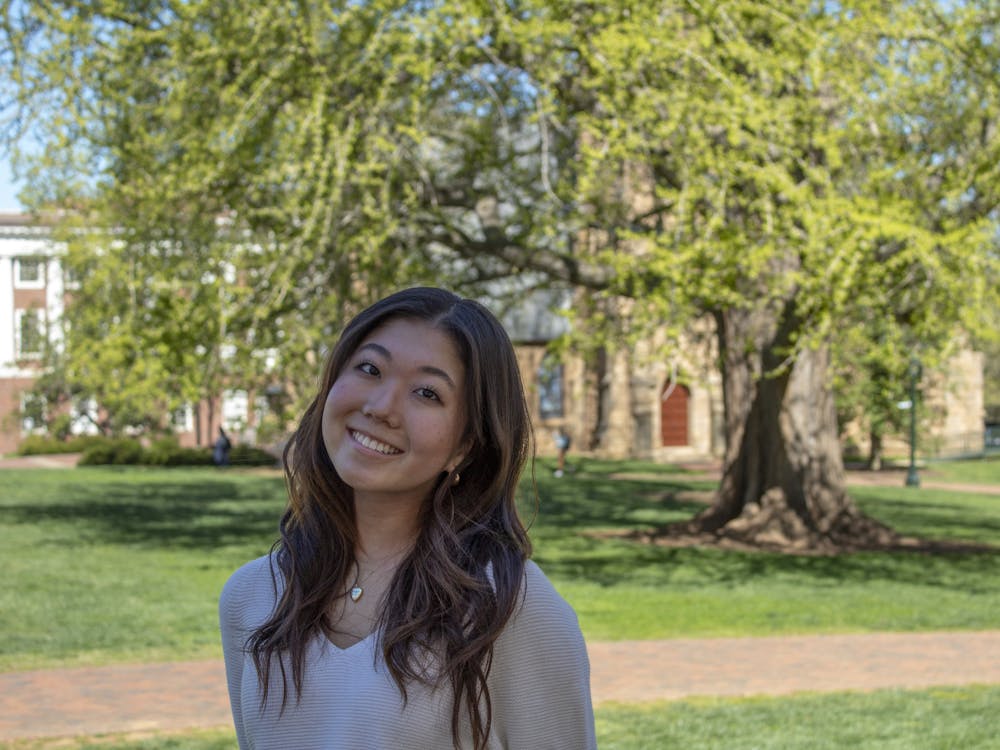Sitting down for coffee with a friend this past Sunday afternoon, our topic of conversation briefly turned to class registration for next semester. I say “briefly,” because almost as soon as the words “Lou’s List was just updated” came out of her mouth, I informed her that the subject of my schedule in the spring was the last thing I had time to think about at the moment, and that we would promptly be moving on to a different topic of discussion.
It wasn’t the first time I have been so quick to veto a line of conversation. I recently shut down conversation with a friend who, while planning to take the LSAT next semester, was worried about grade point averages and percentiles for law school admissions, and his concerns about graduate programs hit a little too close to my own. A few days ago, I all but covered my ears with my hands when one of my housemates brought up the subject of parents’ weekend plans, when I was still unsure if mine would be in attendance only 36 hours before they were scheduled to arrive.
Each time, my excuse was the same — “I’m putting that issue in a box for now. Compartmentalizing.”
Most of the time, this system of mental organization feels effective. My metaphorical boxes are labeled, lidded and stacked up high, to be accessed only when absolutely necessary. I can’t be thinking about my plans for the summer — or have the contents of my “Find an Internship” file spilling out, if you will — while still on first floor Clem trying to complete an assignment that is due tomorrow morning. I tell myself I am merely trying to maximize my efficiency or be more focused.
In reality, compartmentalization is a kind of psychological defense mechanism, used to protect against the cognitive dissonance that occurs when a person holds conflicting beliefs or self-concepts. While much of Freudian psychoanalysis has fallen out of favor in modern psychology, the aspects of this mechanism can still be identified in the ways we confine ourselves to different concerns, or different roles at a time.
At the University, I recognize various identities within myself and my peers. We are students, we are employees, we are teaching or research assistants, we are friends and we are sons and daughters. When all of these aspects of our identities are pulling us in different directions and demanding attention, it can be difficult to strike a balance. I often feel like I cannot be a dedicated student at the same time as I am a competitive and proactive applicant to graduate programs, or be a shoulder to lean on for a friend at the same time I am a daughter, concerned about her mother and father facing family issues at home.
In keeping these identities, and the issues that tie to each of them, separate from each other, my boxes pile up. The heaviest ones, the ones I open the least frequently, find themselves at the bottom of the stack left unattended, while those with lids I pry open for moments at a time find their way to the top. But eventually, like the stack of dirty dishes by your bedroom door that you know you have to bring down to the kitchen, or the textbooks balanced unevenly on your desk, the tower is going to topple.
I’m learning that keeping these topics filed away so deeply in the back of my mind, to the point where I won’t allow myself to discuss them with friends, and consciously fighting to keep the different aspects of my life separate from each other may be counterintuitive. In reality, my fellow research assistant who is taking his LSATs may be able to help clarify some questions I have been putting off about the GRE test I will have to take soon, and leaning on a friend may help alleviate the guilt I feel about being away from my family during trying times.
By better understanding the ways in which various roles I play during my day-to-day life fit together, I can begin to reorganize those boxes, focusing on unpacking and consolidating rather than on compartmentalization. And soon, those piles won’t feel quite so towering.





